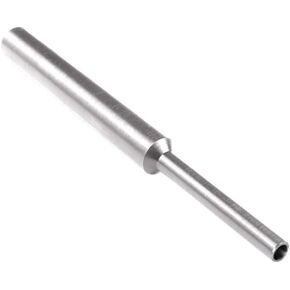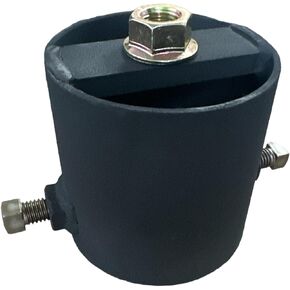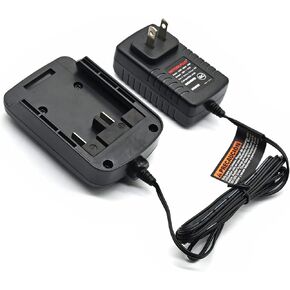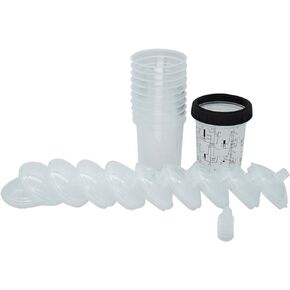- Shopping, made easy.
- /
- Get the app!
Package includes:
1 pack newly upgraded 37960 Electrical Disconnect Plier.
Compatibility :
Designed for Locking Push Tab Style Electrical Connectors Found on Mass Air Flow Sensors, Fuel Injectors, Ignition Coils and Other Applications.
Advantages :
High quality material and design, Sturdy and Strong, long-lasting
Easy and convenient to use with just one hand, saving your time and effort.
With simple operation, you are albe to disconnect fuel lines or plugs from various injectors. It's widely used.
General Plier Care Guide To Prolonging Tool Life
Pliers are indispensable tools in any toolbox, but like any other tool, they require proper maintenance to ensure longevity and effectiveness. Whether you're a professional tradesperson or a home DIY enthusiast, knowing how to maintain pliers is crucial. The following comprehensive guide will provide you with all the essential steps and techniques to keep your pliers in pristine condition.
1. Regular Cleaning
Cleaning your pliers regularly is the cornerstone of proper maintenance. After each use, wipe down the pliers with a clean cloth to remove dirt, debris, and oils. For stubborn grime, use a mild soap solution and a soft-bristled brush. Rinse thoroughly with water and dry completely before storing.
2. Lubrication
Lubrication is essential for smooth and effortless operation. Apply a few drops of light oil, such as WD-40 or sewing machine oil, to the pivot point and any other moving parts. Avoid over-lubrication, as this can attract dirt and debris.
3. Protect from Corrosion
Corrosion can be a major enemy of pliers. To prevent corrosion, keep your pliers dry and free from moisture. If you live in a humid environment, consider applying a protective coating, such as WD-40 or a silicone spray.
4. Adjust the Tension
Over time, the tension on your pliers may loosen or tighten. To adjust the tension, locate the screw or bolt that connects the handles. Tightening the screw will increase the tension, while loosening it will decrease the tension. Find the optimal tension that allows for easy operation without causing excessive wear.
5. Inspect and Tighten Screws
Regularly inspect your pliers for loose screws or bolts. Tighten any loose hardware using a screwdriver or wrench. Loose screws can compromise the integrity of the pliers and lead to malfunction.
6. Sharpen the Cutting Edges
If your cutting pliers become dull, you can sharpen them using a sharpening stone or a diamond file. Hold the stone or file at a 45-degree angle to the cutting edges and gently stroke in a circular motion. Be careful not to over-sharpen, as this can weaken the cutting edges.
7. Proper Storage
When not in use, store your pliers in a dry, clean place. Avoid storing them in damp or corrosive environments. Store the pliers in a protective case or toolbox to prevent damage and keep them organized.
Final Thoughts: Ensuring Plier Longevity
By following these simple maintenance steps, you can extend the lifespan of your pliers and ensure their optimal performance for years to come. Regular cleaning, lubrication, and proper storage will keep your pliers in tip-top shape, allowing you to tackle any task with confidence.
Questions You May Have
Q: How often should I clean my pliers?
A: After each use, or as needed to remove dirt and debris.
Q: What type of oil should I use to lubricate my pliers?
A: Light oil, such as WD-40 or sewing machine oil.
Q: How can I prevent my pliers from rusting?
A: Keep them dry and apply a protective coating, such as WD-40 or silicone spray.
Q: How do I adjust the tension on my pliers?
A: Locate the screw or bolt that connects the handles and tighten or loosen it as needed.
Q: How do I sharpen the cutting edges of my pliers?
A: Use a sharpening stone or diamond file at a 45-degree angle in a circular motion.
 MTS Brake Caliper Pad Pin Punch/Removal Tool (Fits Brembo)
KWD 7
MTS Brake Caliper Pad Pin Punch/Removal Tool (Fits Brembo)
KWD 7
 MMP Slim Style Utility Axle Puller for Cars and UTV's
KWD 23
MMP Slim Style Utility Axle Puller for Cars and UTV's
KWD 23
 WETOOLPLUS 20V Lithium-ion Battery Charger for Hyper Tough 20V Rechargeable Batteries Compatible with ACG318W1U
KWD 13.500
WETOOLPLUS 20V Lithium-ion Battery Charger for Hyper Tough 20V Rechargeable Batteries Compatible with ACG318W1U
KWD 13.500
 Automotive Paint Mixing Cups and Liners Kit Disposable Spray Paint Gun Cup Car Paint Filtering Lids and Adapters 10 Pack (165ml)
KWD 7.500
Automotive Paint Mixing Cups and Liners Kit Disposable Spray Paint Gun Cup Car Paint Filtering Lids and Adapters 10 Pack (165ml)
KWD 7.500